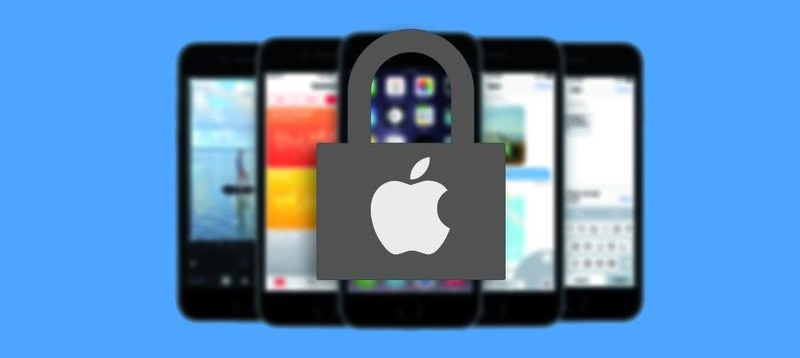One thing Apple’s iOS operating system is really good at is protecting user’s data. With all the debate going on about encryption and government’s pressure on companies to give up on it, Apple is seemingly taking a leadership role in protecting our right to privacy. Tim Cook recently stressed in an interview to 60 Minute’s Charlie Rose that there should be no tradeoffs between privacy and security. iOS 9 features an easy and effortless way for users to encrypt their iPhone, iPad or iPod touch. In this post we will answer the question you might have in mind, i.e “Is my iPhone encrypted?” and discuss why iPhone encryption is important for your data as well as how you can enable it. Let’s get on with it.
What is encryption?
Encryption is a process in which a message or a piece of information is encoded in such a way that only authorized parties can read it. When data is encrypted a randomly generated key is associated with it, which is needed to decrypt the message in readable form. Without the encryption key unauthorized person or device cannot decrypt the data.
Is my iPhone encrypted?
If you are using a passcode protection on your iOS device, then answer to that question is yes, your iPhone is encrypted. This means your apps and private data is protected from hackers, government agencies and anyone who wants to gain access to your information without your consent. This even protects your data from anyone who physically gets access to your device but does not know the passcode. This also applies to Touch ID fingerprint protection, which is actually tied with a passcode.
What data is protected with encryption?
Anything that is stored on your iPhone is protected with encryption including but not limited to email, text messages, contacts, call logs, data stored in stock and third-party apps and more. Anything that is stored on the iCloud is also encrypted, including your iMessages, Fingerprint scans, health data and more.
How can I enable encryption on my iPhone, iPad or iPod touch?
As mentioned above, if you are already using a passcode on your device then encryption is enabled on your device. If you are not, then you can enable it by going to Settings app > Touch ID and Passcode. Entering a passcode can seem inconvenient at first, however it is totally worth having it. Not only your data is protected from anyone who tries to access your device without your permission, such as your friends but the data protection iOS adds when passcode is enabled also protects your data from anyone who gains physical access to your device.
What else can I do to protect my data from hackers?
In addition to enabling encryption on your iPhone, iPad or iPod touch you can also add encryption to your device’s iTunes backups. You can do so by connecting your device to computer and launching iTunes. Then accessing the iPhone summary page and tick marking ‘Encrypt iPhone Backup’ option. iTunes will ask for a password, enter your desired password and you are good to go. Now your backups will be encrypted and iTunes will create a local backup of your passwords, health and homekit data as well. In case you are wondering, your iCloud backups are already encrypted.
You can also add an extra layer of protection to your iPhone by enabling a feature that will delete all of its data after 10 failed passcode attempts, more details here. Additionally you can have 6 digit passcode rather than 4 digits one.
[Image credit]







